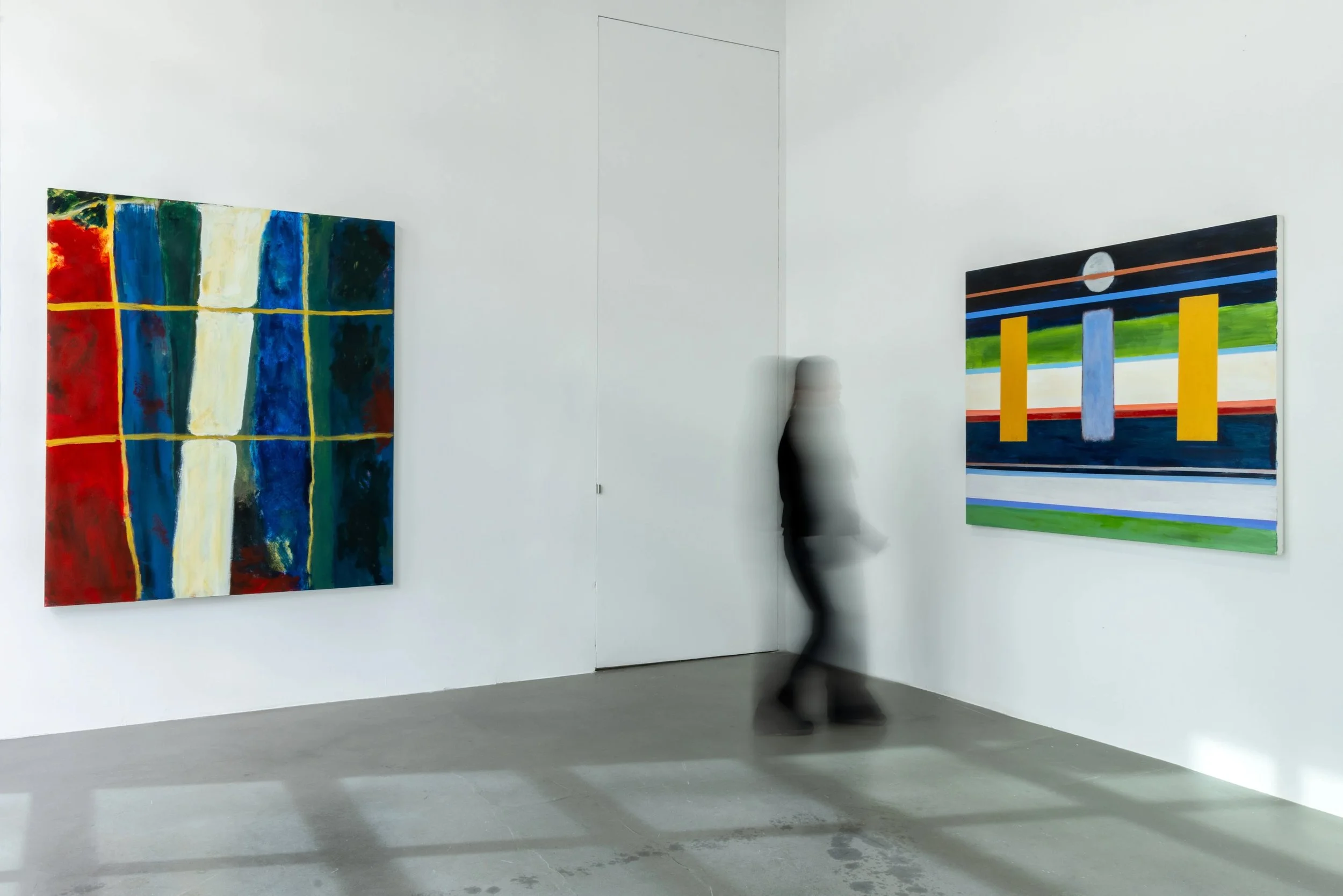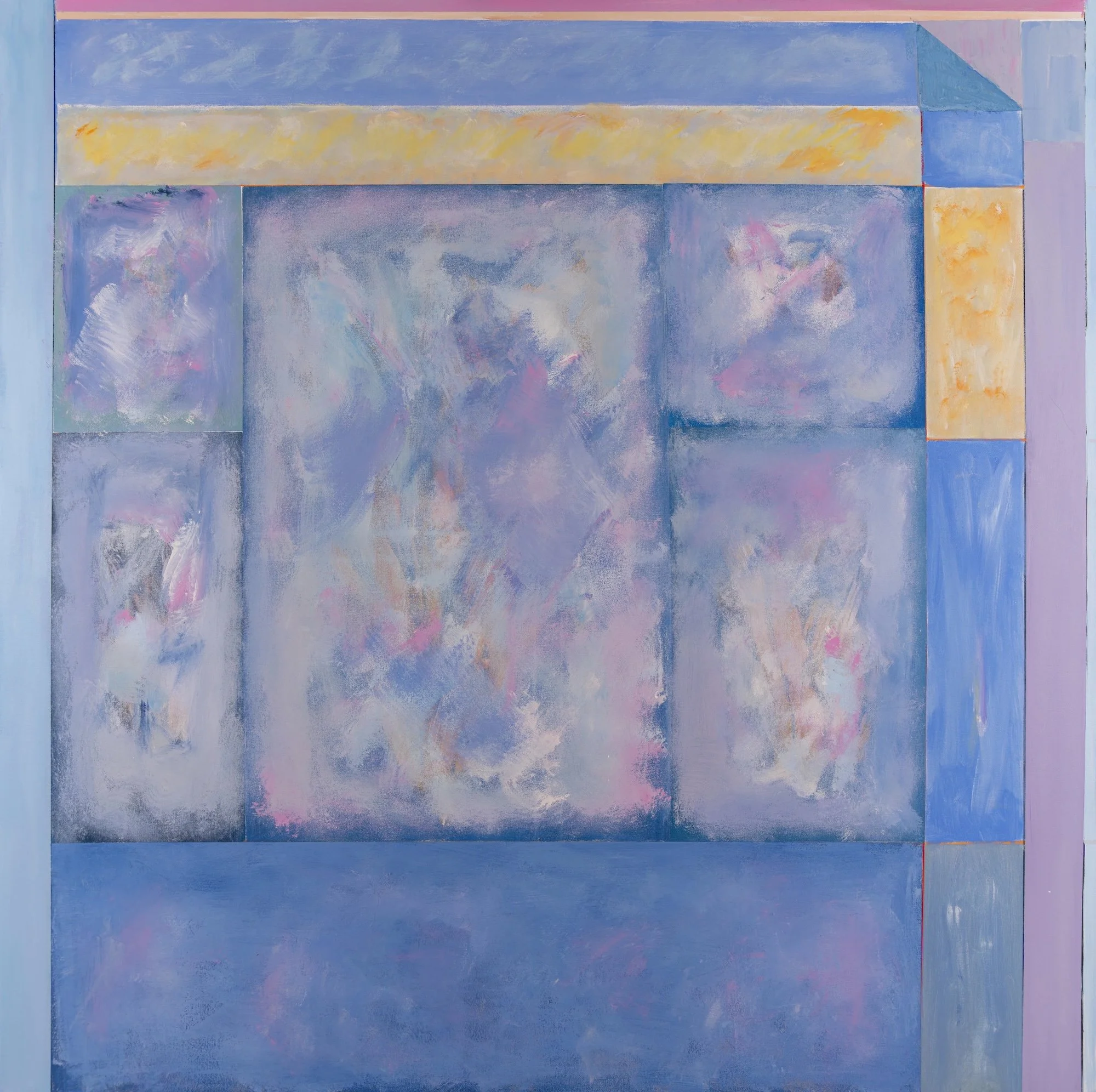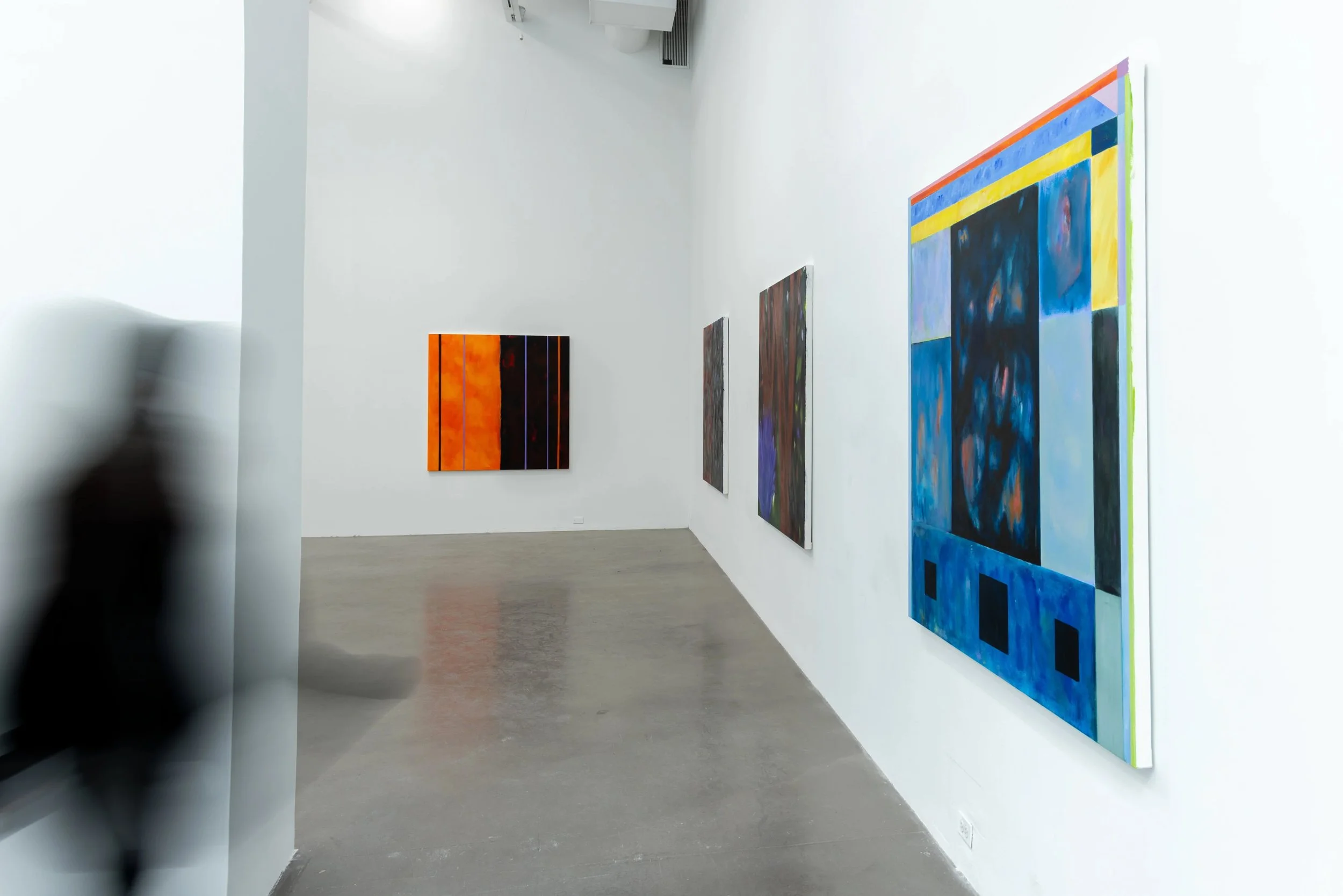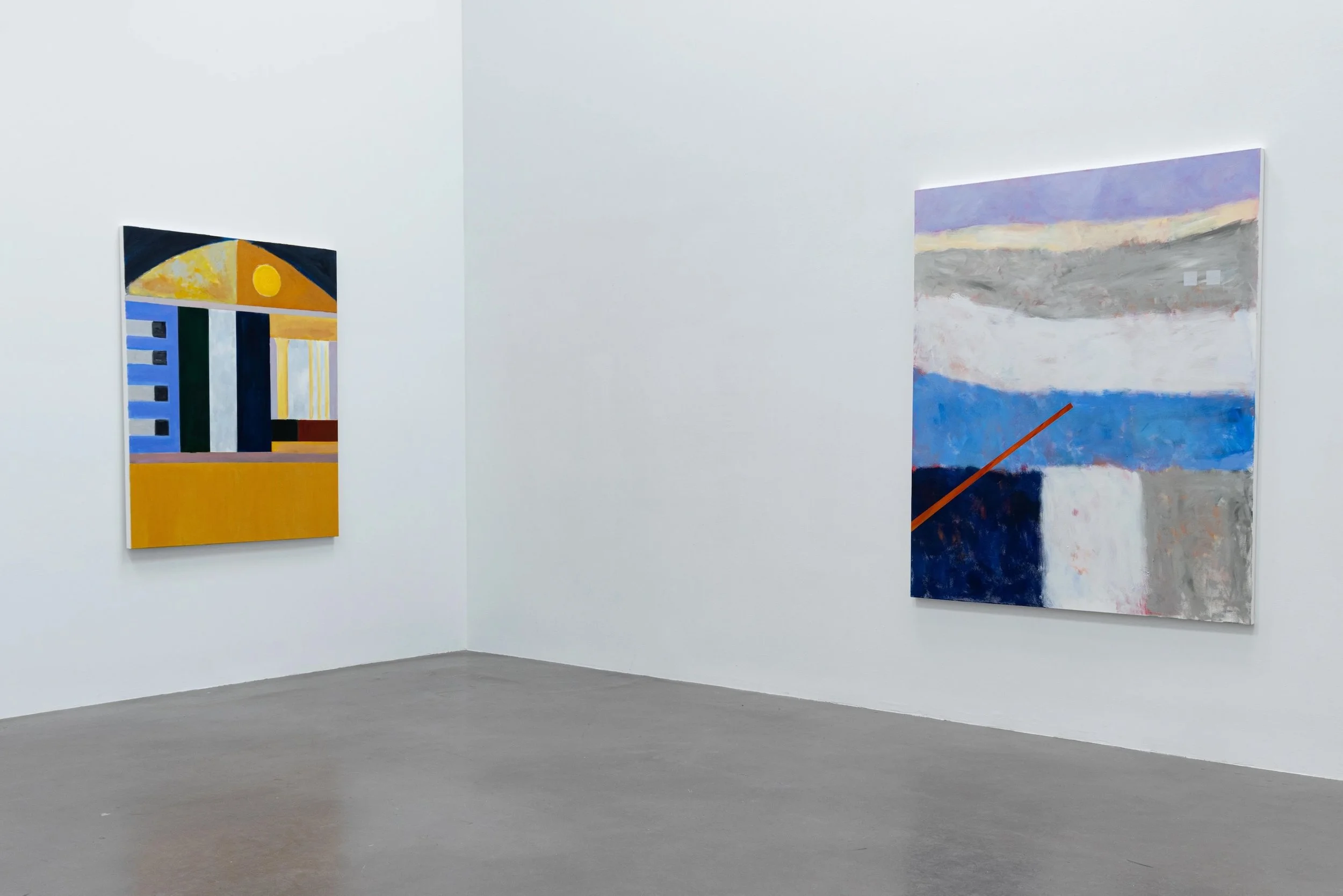Abbott Stillman: A View to the Far Horizon
Abbott Stillman talks about his artwork with extraordinary humility and passion—a disposition unsurprising given that long before painting was his profession, it was his private obsession. For three decades, his studio practice existed as a creative supplement to his careers in real estate development and venture investment. In those pauses when it was imprudent to pursue a new building project or when the market could not support his restless imagination, Stillman turned to the canvas. He painted not for acclaim but out of quiet necessity. Only after years of encouragement from friends and a fortuitous studio visit from a gallerist did he begin to take painting just as seriously as his other endeavors. A View to the Far Horizon, curated by Brigitte Mulholland, Stillman’s debut solo exhibition in New York City, solidifies his transformation from a private practitioner to a bona fide artist.
As the title of the exhibition suggests, Stillman’s goal is to usher his audience into a particular mode of seeing, a perspective on life colored by gratitude before contingency, by humility before critique. “One of my heroes is Matisse,” he says, “and he had this whole sense of the decoratif. I’m looking for the exact same thing. If somebody walks into a room and is surrounded by my paintings, I want them to think that they are beautiful, and I also want them to feel elevated.” What, then, does such elevation entail? The ambiguity here—does they refer to the paintings or the spectator?—is telling: his mission is to create beautiful paintings which, in turn, engender a sensitivity to life’s beauty. In the end, with the far horizon in view, it’s both the picture and the spectator that are affected.
Henri Matisse is only one of Stillman’s many inspirations. If he follows Fauvist footprints in his liberated use of color, combining high-keyed hues that seldom meet in nature, it is Abstract Expressionism that often guides his composition. In a work such as Adagio (2024), the rectangular fields of intermingling blues, purples, pinks, and yellows constitute an unmistakable homage to the likes of Richard Diebenkorn and Mark Rothko. Built up of layer after layer of acrylic underpainting, its surface of complex chromatic play is calibrated to convey the emotional arc of Samuel Barber’s Adagio for Strings (1936). Thus, Stillman collapses a musical duration into a timeless visual, translating shifts of mood into a spatial relation between the gazing eye and picture plane. It is fitting, then, that he describes painting as “frozen music.” The phrase, usually attributed to Johann Wolfgang von Goethe, originally concerned architecture rather than painting, but for Stillman—who first trained as an architect—the distinction is almost negligible. As a painter, he is deeply invested in the elevating effects of his works in and as space.
Some of Stillman’s works, such as Knocking on Heaven’s Door (2025), veer away from pure abstraction, articulating volume and perspectival depth. Whereas in Adagio the grid of colored rectangles is resolutely planar, here it yields to a space one might enter. A room appears, along with a door that suggests further extension. The viewer’s gaze does not merely meet the surface but travels through it. These works draw as much from Stillman’s architectural background as from the history of perspective in Western art, and he is proud to avow all these varied influences. “I’m not worried about being original,” he admits. “I am happy to continue a tradition. In some ways, I'd even connect my work to early Western painting, which was intended to inform people about religious ideas. There is absolutely a sense of the sacred in my work. In Judaism, there's this concept of tikkun olam, which is the obligation to repair a fractured world. I take that very seriously. To have a good view of the world in the present, your imagination has to look in both directions—to the past and the future." With A View to the Far Horizon, that kind of ambidextrous imagination is both subject and invitation.
Abbott Stillman: A View to the Far Horizon is on view at 456 W 18th Street from November 6th to 22nd, 2025.




